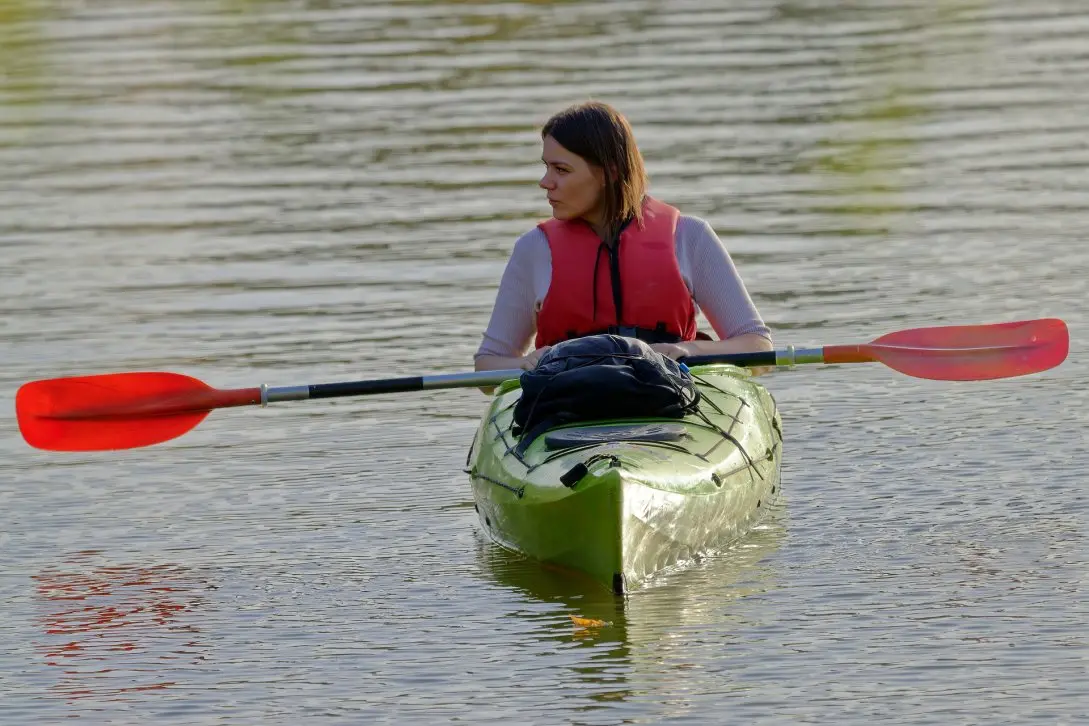This step-by-step guide will teach you how to make a kayak cart that’s tailored to your specific kayak model and needs. We’ll cover how to choose the right materials, frame design, wheel size, and accessories to simplify transporting your ‘yak from your vehicle to the water and back. With some basic DIY skills and these tips, you can construct a kayak cart that rolls smoothly and securely holds your kayak for hauling ease.
Choose Durable Frame Materials
The foundation of a good DIY kayak cart is the frame. This is what holds the shape and supports the weight of your kayak. Most homemade kayak cart frames are constructed from wood, PVC pipe, or aluminum:
- Wood like 2x4s are inexpensive and easy to work with using basic tools. Use pre-treated lumber or waterproof/seal untreated wood. Consider hardwoods like oak for added strength.
- PVC pipes are super lightweight yet strong and weather/rust resistant. 1.5” to 2” diameters work well. Use PVC cement to connect joints.
- Aluminum tubing or bars are the strongest option but require some welding to assemble. Benefit is aluminum’s high corrosion resistance.
Match Your Kayak’s Dimensions and Weight Capacity
Before building the frame, carefully measure your kayak's length, width and weight. The frame must be slightly longer and wider to allow the kayak to fit securely. Also factor in the combined weight of your kayak plus any gear you strap on.
Bigger kayaks require larger diameter frames and wheels/axles that can handle over 100 lbs capacity without flexing or breaking over time. Scale components to provide stability and strength.
Craft a Cradle or Bars to Mount Your Kayak
You need some way to connect the kayak securely to the cart frame. Most DIY carts use either:
- Padded cradle design that the kayak sits into like a tray. Easy to get kayak on/off but not as secure.
- Bars/crossbeams the kayak mounts on top of. More secure but lifting required for loading.
Allow the kayak to pivot at one end when tipped upright. This lets the other end swing down to ground level so you can load and unload without lifting. Well-placed foam blocks protect the kayak hull from rubbing.
Pick the Right Wheels and Axle
Larger pneumatic tires with sealed ball bearings provide the smoothest roll for a kayak cart. 10”-12” tall all-terrain wheels work well for softer ground like dirt or sand. An axle span of 24”-36” provides good stability.
Consider quick-release or easily removable wheels if storing/transporting the cart. Stainless steel axles resist corrosion but aluminum or coated steel also works. Match axle strength to total weight load.
Add Useful Accessories for Transport and Storage
Once you build the cart’s foundation, accessories customize and optimize transporting:
- Padded towing handle makes pulling long distances more comfortable. Go adjustable length.
- Stand option lets the cart upright when stored. Flip down parts to make an A-frame stand.
- Tie-downs like bungee cords or ratchet straps further secure the kayak during transport over bumps.
- Foam or inflatable bumpers protect the kayak hull from dings or scratches.
Test and Tweak Your Design
When finished, thoroughly test rolling your loaded kayak cart over various terrain. Does the frame flex or wobble? Do parts hit or rub against the kayak? Identify any shortcomings in the design.
Don’t be afraid to reinforce joints, adjust clearances, or add stability features until the cart rolls true and secure. Extra attention making improvements now saves headaches down the road.
The Benefits of Constructing Your Own Kayak Cart
While store-bought kayak carts work fine, building your own has advantages:
Cost Savings - DIY materials for a custom cart cost a fraction compared to retail prices. And you can upgrade components slowly over time.
Perfect Fit - You can size and shape the frame and components specifically for your make/model kayak rather than relying on a generic “one size fits all” cart.
Custom Features - Add-on only what accessories and capabilities you want rather than paying for unneeded “bells and whistles”.
Fun Project - If you enjoy woodworking or tinkering, this can be an enjoyable hobby project using basic tools and skills.
So for the cost of some lumber, wheels and hardware, you can create a homemade kayak cart purpose-built to your needs. Building your own lets you control the quality and customize features to simplify transporting your prized vessel to the waters you love exploring.
The Next Steps to Making Your DIY Kayak Cart
Now that you know the essential components and design considerations for crafting your own kayak cart, here is a summary of the key steps:
1. Measure your kayak’s dimensions and weight capacity needs
2. Design and size the frame from wood, PVC or aluminum to match
3. Incorporate a padded cradle or crossbars to mount the kayak securely
4. Obtain pneumatic wheels/axle that align to total weight capacity
5. Include tie-downs, foam bumpers and other useful accessories
6. Frequently test while building and make any adjustments
7. Add custom accessories for your specific transport needs
Follow these guidelines when building your roll-and-go kayak cart. Customize to fit your particular boat, gear and paddling environments. The end reward is years of easier kayak transport to waters near and far.
So now the knowledge and a plan to get started is in your hands. Final step - start building! We hope our DIY kayak cart tips help you create the perfect solution to simplify getting your ‘yak to the water. Let us know in the comments if you have questions or suggestions along the way. Happy and safe paddling!
Edited: Dec 13, by Adminai
